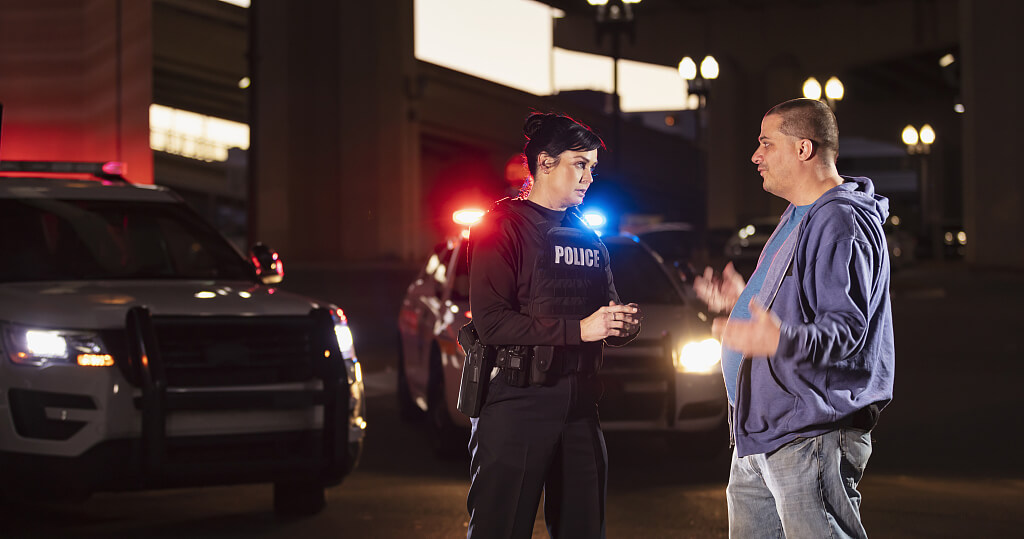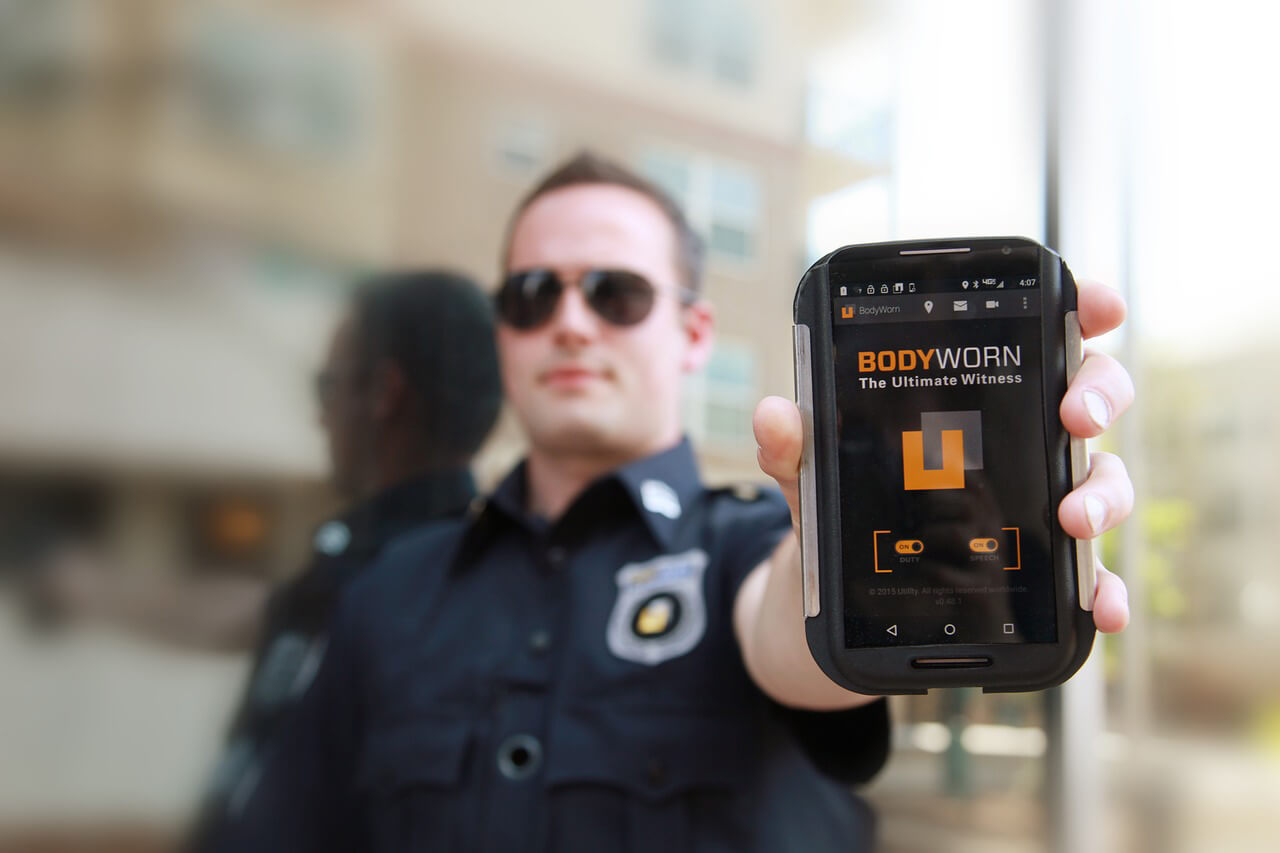Law enforcement body cameras have undergone significant advancements, transforming into a potent instrument that fosters transparency, accountability, and trust in the interactions between law enforcement officers and the public. These compact devices, securely attached to an officer's uniform, serve as impartial observers, capturing real-time footage of encounters and providing an objective record of events throughout law enforcement operations. In this blog post, we will delve into the significance of body cameras, their benefits, challenges, and the impact they have on law enforcement practices. Additionally, we will explore key considerations when selecting body camera brands and discuss the future of this technology.
The Importance of Body Cameras in Law Enforcement
Body cameras have emerged as a crucial component of law enforcement practices, revolutionizing the way interactions between officers and the public are recorded and assessed. Body cameras play a crucial role in promoting transparency and accountability among law enforcement officers and the public by providing an unbiased and transparent record of events. These devices serve as objective witnesses, capturing the details of encounters between officers and individuals.
These devices play a significant role in reducing disputes and false accusations, as the captured footage serves as valuable evidence in investigations and court proceedings. The objective nature of body camera footage promotes fairness and ensures that the truth can be accurately determined.
Furthermore, body cameras act as a deterrent to misconduct and unprofessional behavior by both officers and individuals involved in encounters. The knowledge that their actions are being recorded encourages officers to adhere to professional standards and departmental policies, ultimately leading to improved trust and community relations.

Benefits of Law Enforcement Body Cameras
a. Objective Evidence: Body camera footage provides an objective and unbiased record of events, offering valuable evidence in investigations. This footage can corroborate or refute testimonies, aiding in the pursuit of justice and fair resolution of disputes.
b. Accountability and Professionalism: The presence of body cameras encourages officers to act professionally and responsibly during interactions. The knowledge that their actions are being recorded promotes accountability, leading to improved behavior and reduced instances of misconduct.
c. Transparency and Public Trust: Body cameras enhance transparency by documenting encounters between law enforcement officers and the public. This transparency helps build trust within the community, as individuals can have confidence that their interactions with law enforcement will be accurately recorded and assessed.
d. Training and Professional Development: Body camera footage serves as a valuable training tool for law enforcement agencies. By reviewing real-life scenarios, agencies can identify areas for improvement, refine tactics, and enhance officer training and professional development.

Challenges and Considerations
While the benefits of body cameras are apparent, their implementation also presents challenges and considerations that need to be addressed:
a. Privacy Concerns: Balancing accountability and privacy is a critical aspect of implementing law enforcement body cameras. It is essential to establish comprehensive policies that prioritize the protection of privacy rights for individuals, including victims and witnesses, during the recording and storage of body camera footage. These policies should outline clear guidelines on when body cameras should be activated and the circumstances under which recording may be restricted, such as sensitive conversations or private spaces. Additionally, robust measures must be in place to ensure secure storage, limited access to footage, and strict adherence to data protection protocols. By striking a careful balance between accountability and privacy, law enforcement agencies can effectively utilize body cameras while upholding the rights and dignity of individuals involved.
b. Policy Development and Implementation: To ensure the effective implementation of law enforcement body cameras, it is crucial for agencies to establish clear policies. These policies should outline specific guidelines on when body cameras should be activated, such as during routine patrols, traffic stops, or arrests. Additionally, agencies must define the retention period for footage, determining how long recorded material should be stored before it is deleted or archived. Access to recorded material should also be carefully regulated to ensure that only authorized personnel can review or use the footage. Proper training on policy adherence and the ethical use of body camera footage is essential for officers to understand their responsibilities and obligations. By establishing clear policies and providing comprehensive training, law enforcement agencies can maximize the benefits of body cameras while maintaining accountability and transparency.
c. Data Storage and Management: The storage and management of extensive volumes of body camera footage present significant logistical and financial challenges for law enforcement agencies. To address these challenges, it is crucial to have sufficient infrastructure and secure storage solutions in place. This includes robust servers, efficient data management systems, and appropriate backup measures to ensure the integrity and accessibility of the recorded data. Adequate financial resources should be allocated to invest in reliable storage infrastructure, as well as the implementation of data security measures to protect against unauthorized access or tampering. By prioritizing the establishment of secure and efficient storage solutions, agencies can ensure the long-term viability and usefulness of body camera footage.
d. Technical Limitations: When choosing body camera brands, law enforcement agencies should carefully evaluate technical aspects such as battery life, video quality, and ease of use. Assessing these factors is crucial to ensure that the selected devices are reliable, functional, and capable of meeting the specific operational needs of the agency.
Selecting the Right Body Camera Brand
When choosing a body camera brand, law enforcement agencies should consider their specific needs, operational requirements, and budget constraints. Factors to evaluate include video quality, durability, battery life, software integration, ease of use, and pricing. Prominent brands in the market, such as Axon, Motorola, and WatchGuard, offer a range of options with varying features and price points. Agencies should thoroughly research and compare the available options, seeking feedback from other law enforcement professionals who have experience with the different brands under consideration.
Law enforcement body cameras have significantly impacted the landscape of modern policing, promoting transparency, accountability, and trust. These devices provide an objective record of events, enhancing transparency, and aiding in investigations. While challenges such as privacy concerns, policy development, data storage, and technical limitations exist, careful consideration and implementation can mitigate these issues. By selecting the right body camera brand and addressing these challenges, law enforcement agencies can harness the power of this technology to improve their practices, build stronger relationships with the communities they serve, and ensure that justice is served.


 French
French German
German Arabic
Arabic Italian
Italian Spanish
Spanish Japanese
Japanese Persian
Persian Korean
Korean Chinese (Simplified)
Chinese (Simplified)









